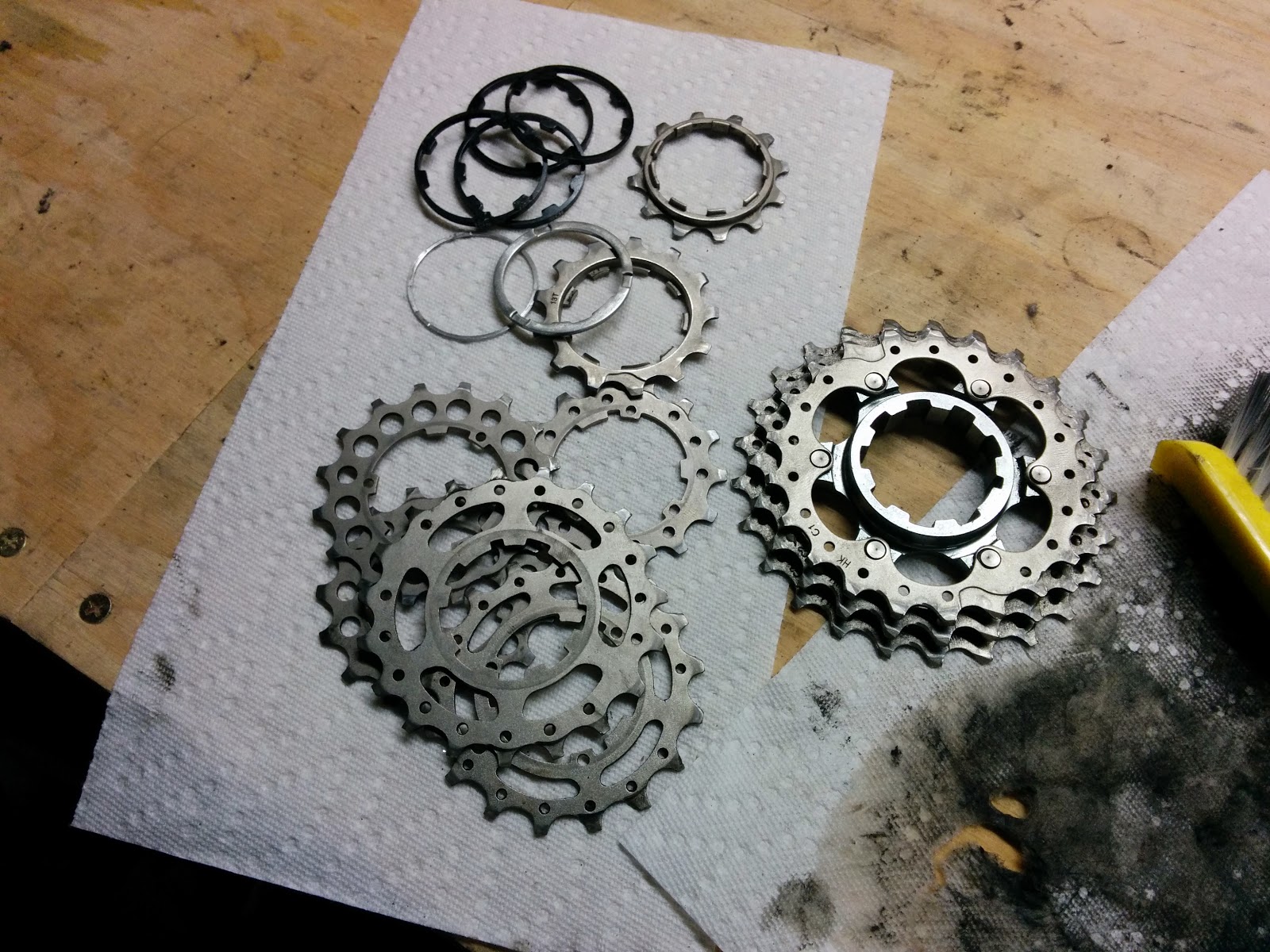I
recently posted on the freshly released RockShox RS-1 inverted fork. This is a cool looking fork that boasts a lot of neat technology. Now that
more information is coming out, we can see what the fork will do, cost, and weigh. It comes in a couple color options, I personally think the Diffusion Black is really sharp looking.
Black Diffusion Black
The quick and dirty:
- Cross country focus
- 29er wheel size only
- Full carbon upper and lowers
- 80mm, 100mm, and 120mm travel options
- 1 1/8" to 1 1/2" tapered steer tube
- 3.7 pounds
- Retail $1865.00
Some of the interesting technology:
Inverted design - One main draw with this design is that the seals are under the oil. This way the seals are always lubricated, resulting in greater small bump sensitivity.
New hub - They are calling a torque tube, which is an outer hub structure to stiffen the fork. The internal tube unites the fork legs creating a solid piece between the legs. This is great if it does what RockShox says it does, but kind of a bummer that it's proprietary.
'Maxle' hub and axle combo
Torque tube
Carbon upper and lower - Both the larger top tubes and the smaller lower tubes are carbon. This is to achieve greater stiffness without needing a double crown steerer.
Swappable guts - You can change the airshaft in this fork and change the travel form 80mm to 100mm to 120mm. The innards are the same as other RockShox models, although flipped to fit the new fork orientation.
Some competitive comparisons:
Cannondale Lefty XLR Carbon: 100mm, $1400.00, 2.9 lb
Fox CTD: 100mm $850.00, 3.43 lb
Manitou Tower Pro: 80mm, $550.00, 3.74 lb
RockShox SID XX Solo Air: 100mm, $890.00, 3.7 lb
DT-Swiss XMM: 100mm, $1300.00, 3.3 lb
In my observation, it looks like this fork is on the high end on price and weight. The performance will have to be what sets it apart until weight and cost can be trimmed. As a few forums have pointed out, this first iteration will probably result in some trickle down technology to more entry level forks.



















































